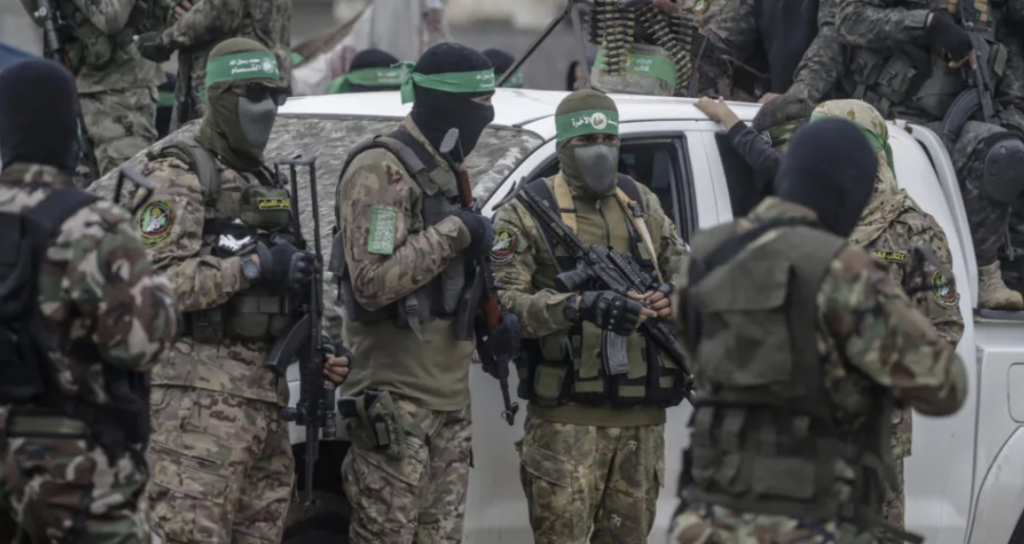The United States has reaffirmed its commitment to disarming Hamas and rebuilding Gaza as part of an ambitious ceasefire plan aimed at ending months of conflict. Speaking during a visit to Israel on Wednesday, US Vice President JD Vance described the task ahead as “very tough” but essential for long-term peace in the region.
Vance met Israeli Prime Minister Benjamin Netanyahu in Jerusalem as part of a diplomatic mission to support the US-brokered peace initiative. The plan seeks to end the fighting, recover hostages, and restore stability in Gaza. “We have to make life better for the people of Gaza while ensuring Hamas is no longer a threat to Israel,” Vance said.
On Tuesday, Vance inaugurated the Civil-Military Coordination Centre (CMCC) in southwest Israel, where US and allied troops will work with Israeli forces to monitor the truce and oversee humanitarian aid. Secretary of State Marco Rubio is expected in Israel on Thursday to continue diplomatic engagements.
The ceasefire plan, crafted under President Donald Trump’s 20-point proposal, outlines the creation of an international security force to maintain peace in Gaza as Israel gradually withdraws. Although several Arab and Muslim nations may join the mission, no US troops will operate inside Gaza. Reports that Turkey could contribute forces have drawn mixed reactions from Israel.
Despite renewed violence earlier in the week, Vance expressed optimism that the ceasefire would hold. Netanyahu defended the truce, calling it a strategic move that both weakened Hamas and isolated it diplomatically.
Meanwhile, the International Court of Justice (ICJ) issued an advisory opinion urging Israel to ensure humanitarian access in Gaza, a ruling Israel swiftly rejected.
As calm slowly returns, Gaza residents like Imran Skeik, displaced in Al-Rimal, expressed relief but uncertainty about the future. “The war has stopped, but we are still suffering in tents,” he said.
Since the truce began, Hamas has returned the remains of 15 Israeli hostages, while Israel has repatriated nearly 200 Palestinian bodies as part of the exchange.

